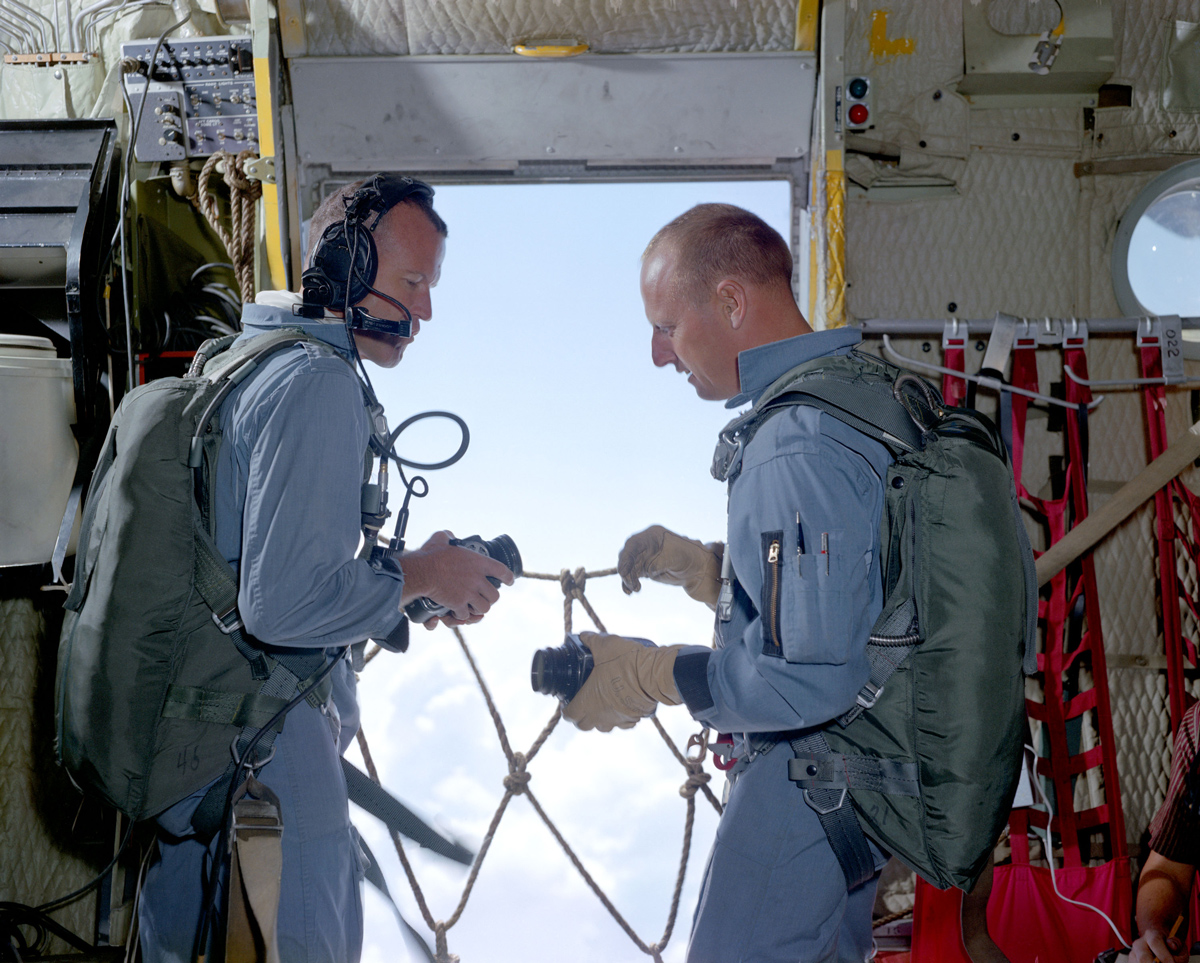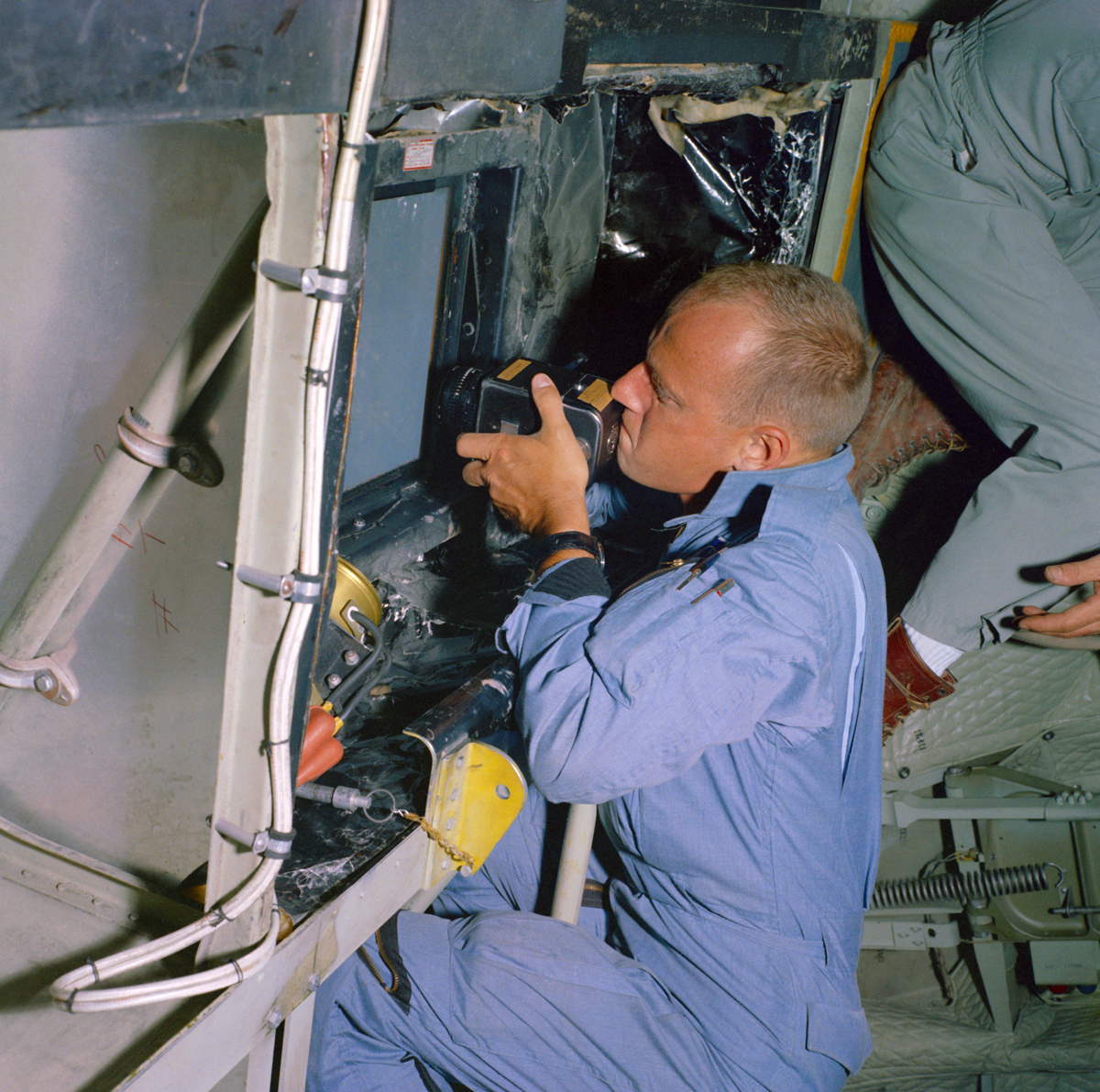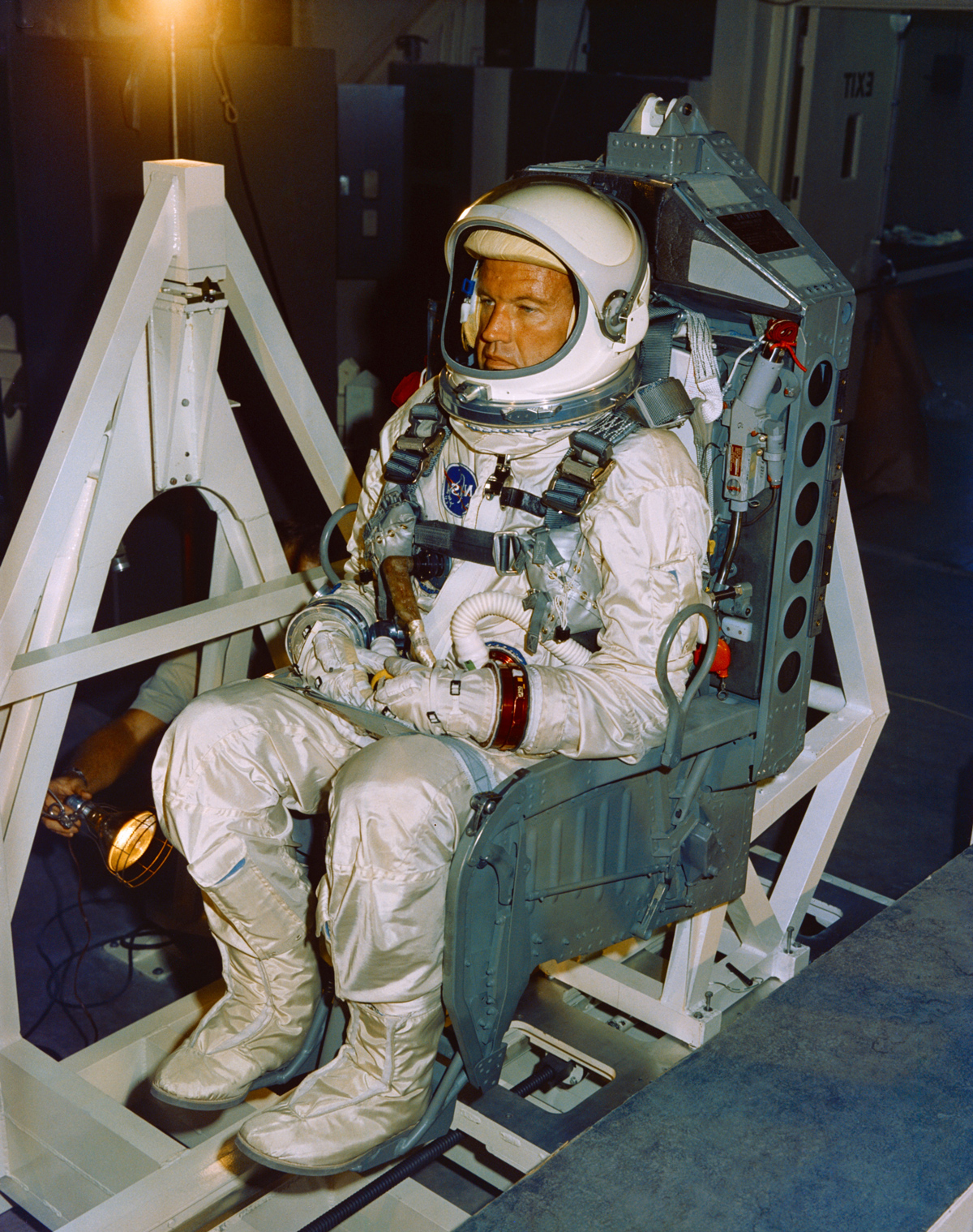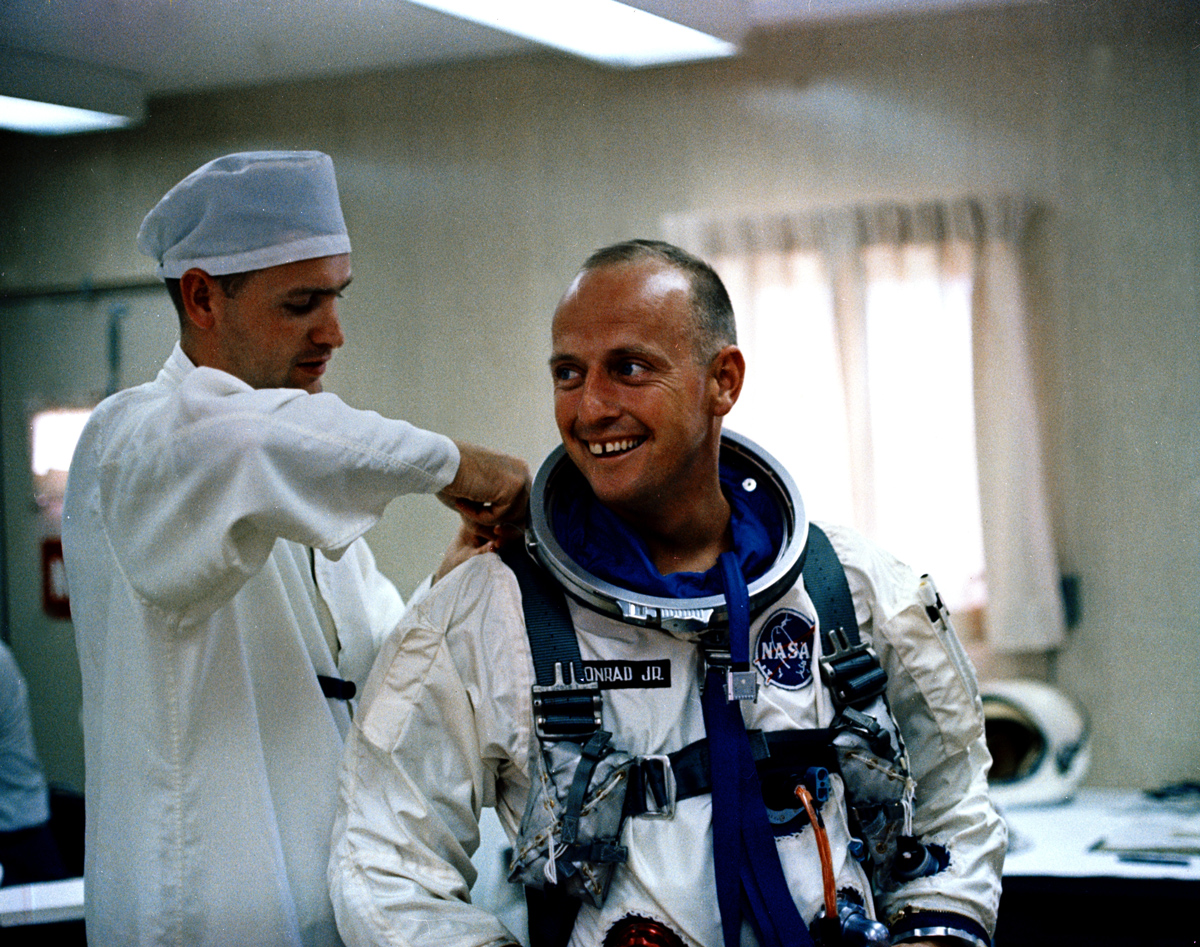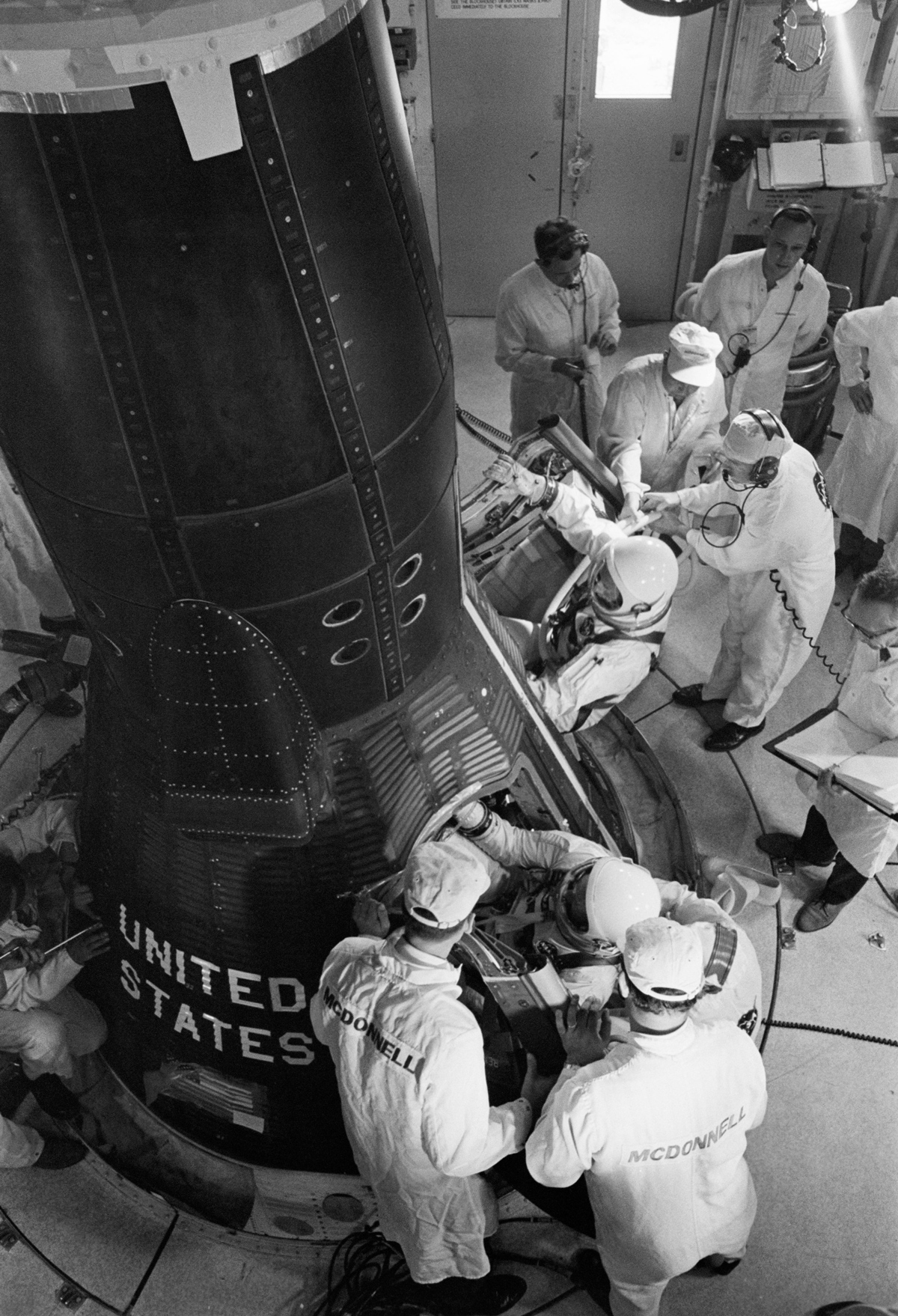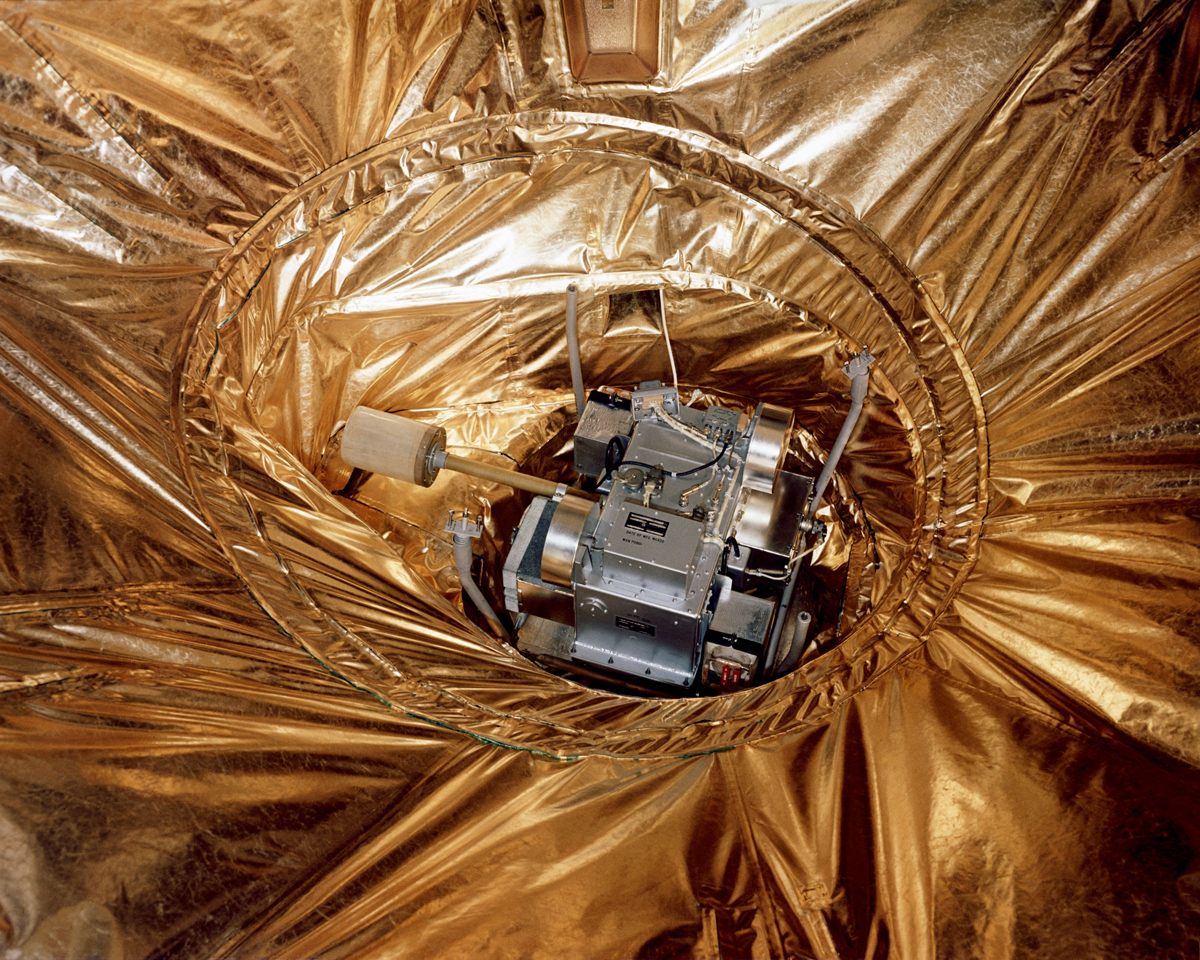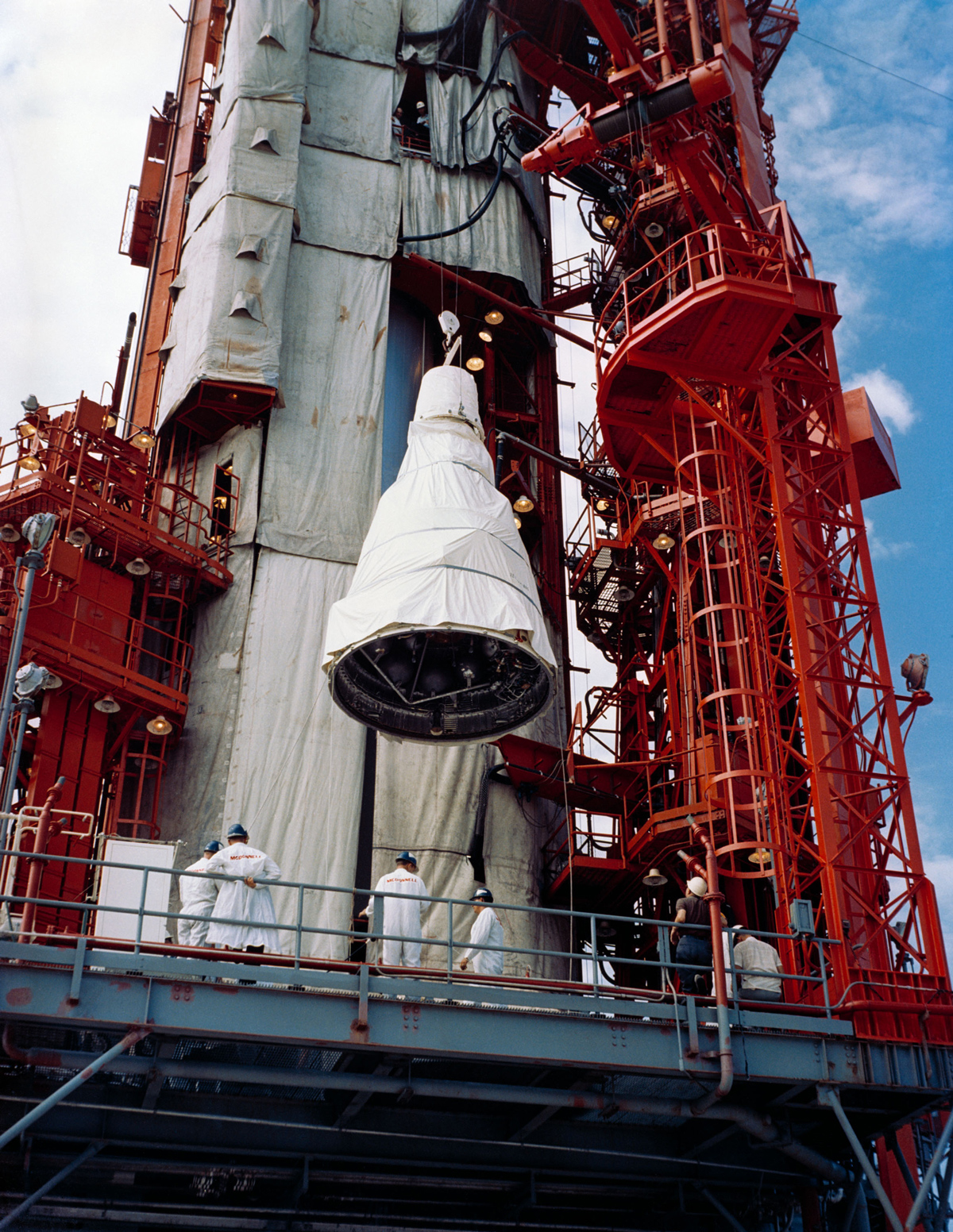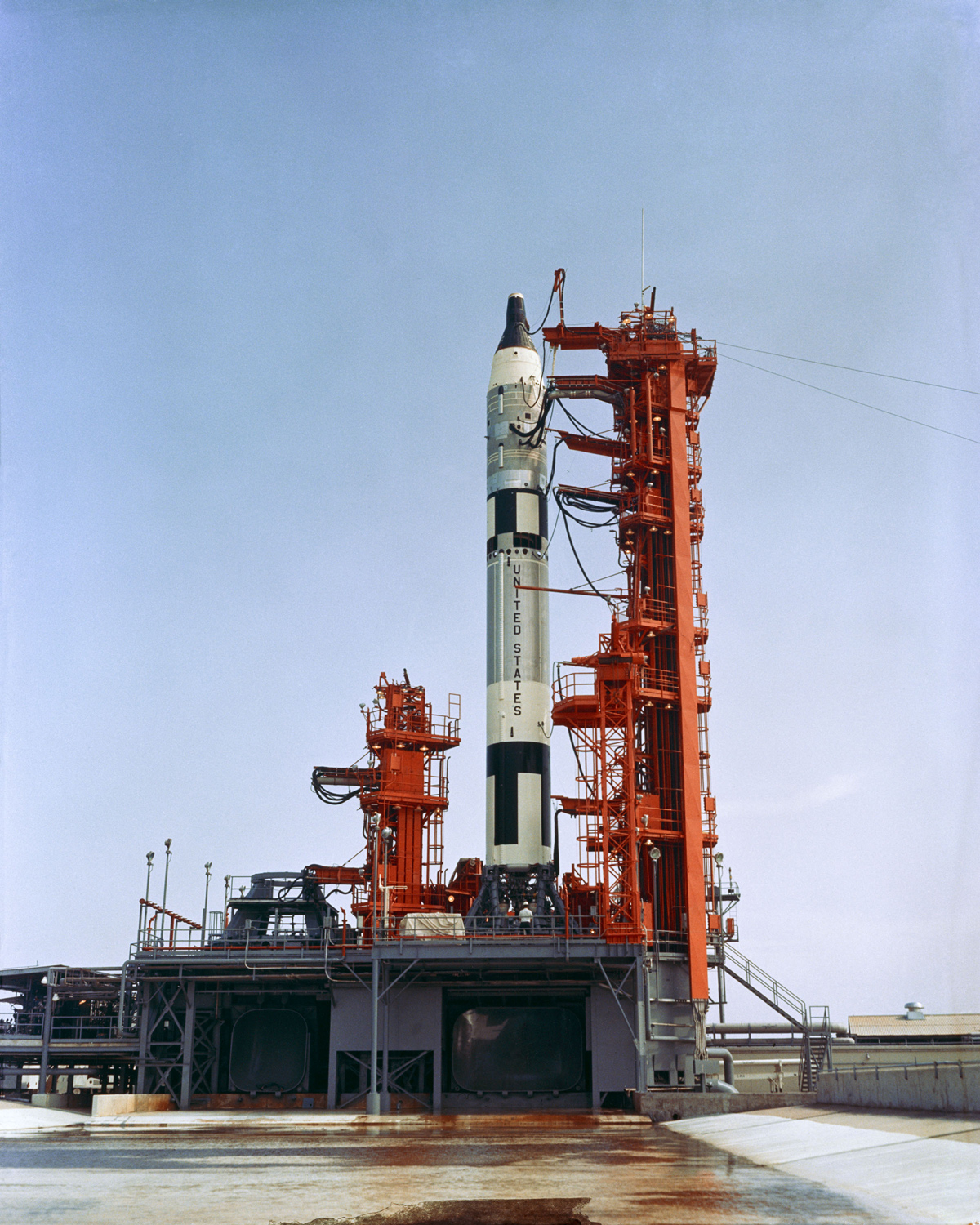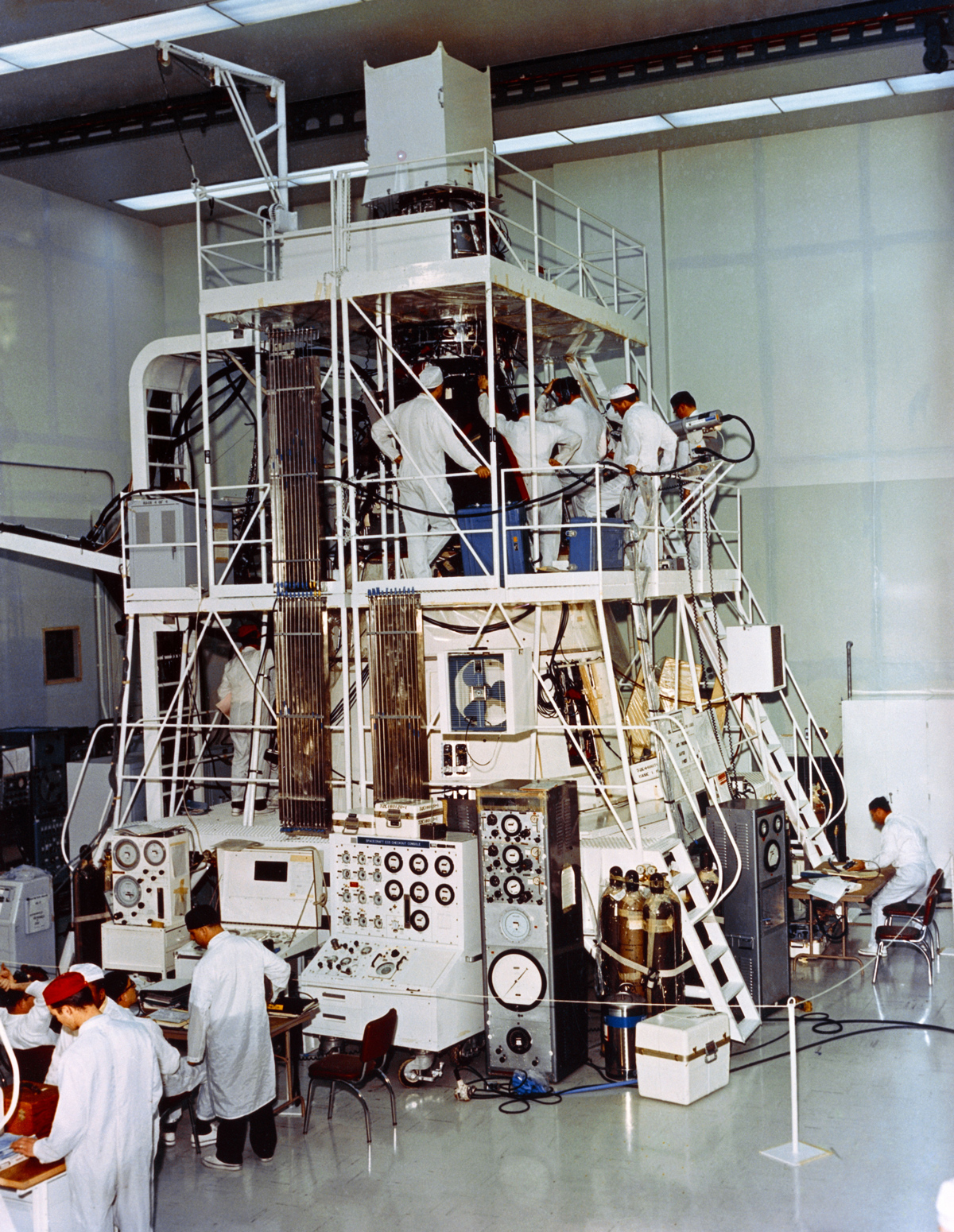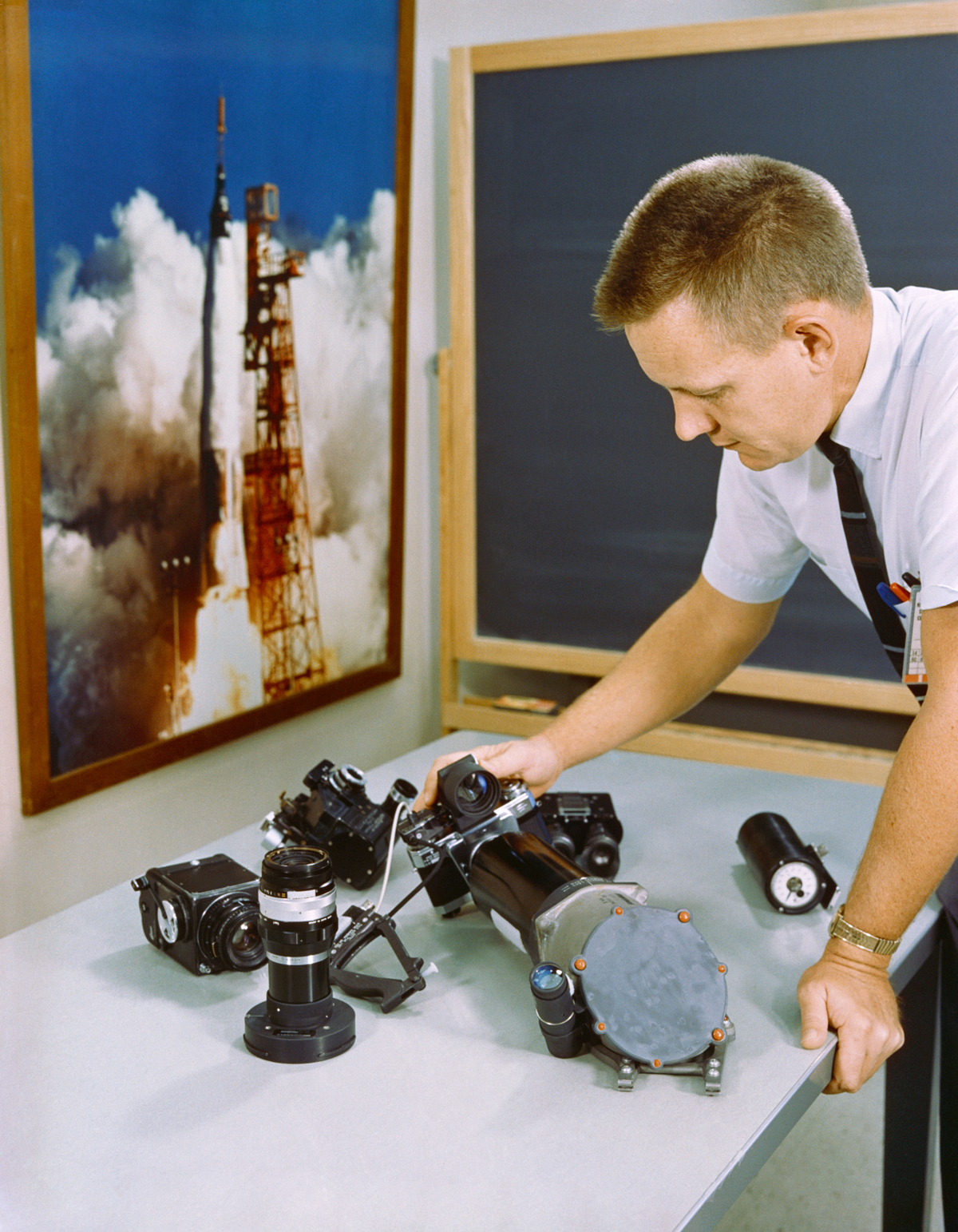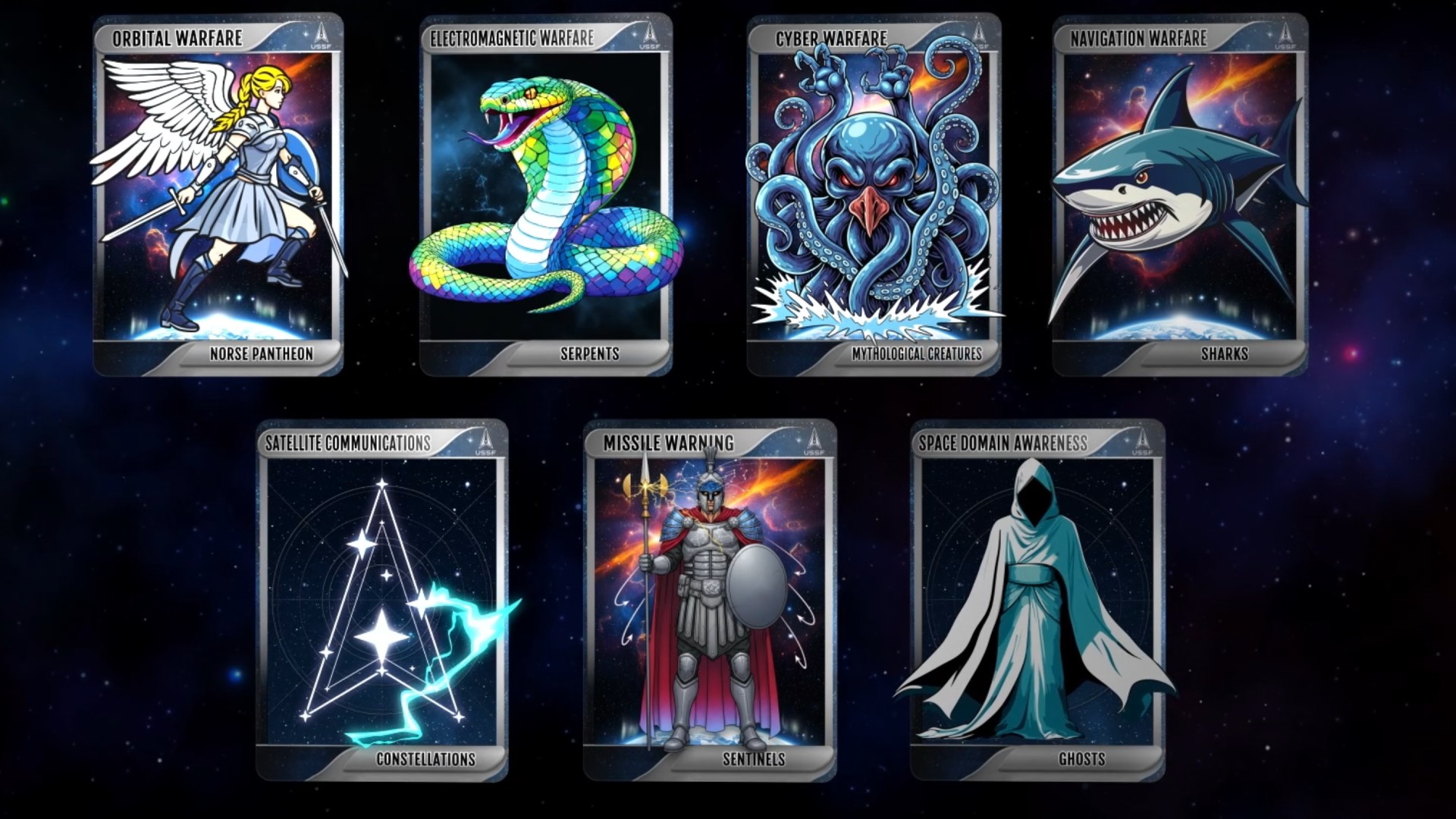Gemini 5: Inside NASA's First 8-Day Space Mission of 1965
Learning to Identify Geography
During a June 1965 training aboard a C-130 aircraft, the Gemini-5 mission prime crew — astronauts L. Gordon Cooper, Jr., standing left of Charles Conrad, Jr. — use cameras to test their visual acuity. These experiments will enable them to identify landmarks. These experiences will help the astronauts to recognize Earth's terrestrial features from orbit. The chief of the Environmental Physiology Branch and Crew Systems Division, Dr. John Billingham, oversees the Visual Acuity Experiments.
Get that Shot!
Over Laredo, Texas, astronaut and Gemini-5 prime crew member Charles Conrad, Jr., participates in visual acuity tests from inside a C-130 aircraft. Conrad snaps images of preselected land masses in an effort to train himself to recognize Earth's terrestrial features from space.
Weight and Balances
Inside the Pyrotechnic Installation Building at the Merritt Island Launch Area in Florida astronaut L. Gordon Cooper, Jr., is weighed and balanced.
Getting Needed Help
On July 12, 1965, a technician helps astronaut Charles Conrad, Jr., with his pressure suit in preparation for the upcoming Gemini-5 spaceflight.
On Boarding
On August 9, 1965, Gemini-5 prime astronauts Charles Conrad, Jr., and L. Gordon Cooper, Jr., participate in a wet mock simulation exercise.
REP at the Ready
The Rendezvous Evaluation Pod (REP) sits in the equipment section of the Gemini-5 spacecraft at Pad 19.
Up to the Top
On June 25, 1965 the Gemini Launch Vehicle 5 stands on Launch Pad 19 as the Gemini-5 spacecraft is raised to the top of the gantry.
Breaking space news, the latest updates on rocket launches, skywatching events and more!
Standing Proud
The Gemini Launch Vehicle 5 waits for launch on Pad 19 with the Gemini-5 spacecraft during a wet mock simulation exercise.
Getting Ready for Launch
Inside the McDonnell test facility, the Gemini-5 spacecraft undergoes stowage review.
Tools for the Mission
Optical and photographic equipment sit atop a table before being installed on the Gemini-5 spacecraft.
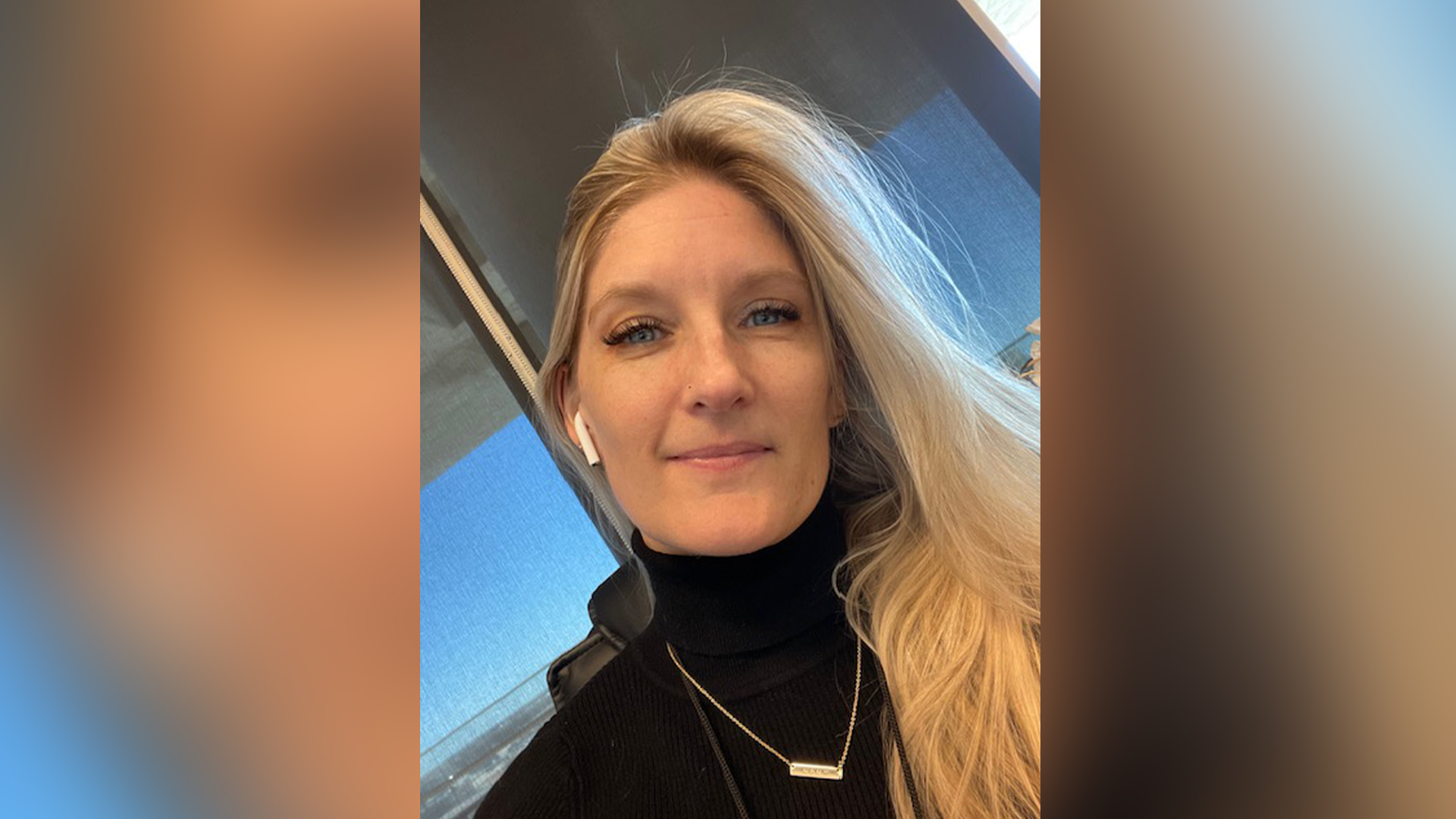
Christine Lunsford joined the Space.com team in 2010 as a freelance producer and later became a contributing writer, covering astrophotography images, astronomy photos and amazing space galleries and more. During her more than 10 years with Space.com, oversaw the site's monthly skywatching updates and produced overnight features and stories on the latest space discoveries. She enjoys learning about subjects of all kinds.
